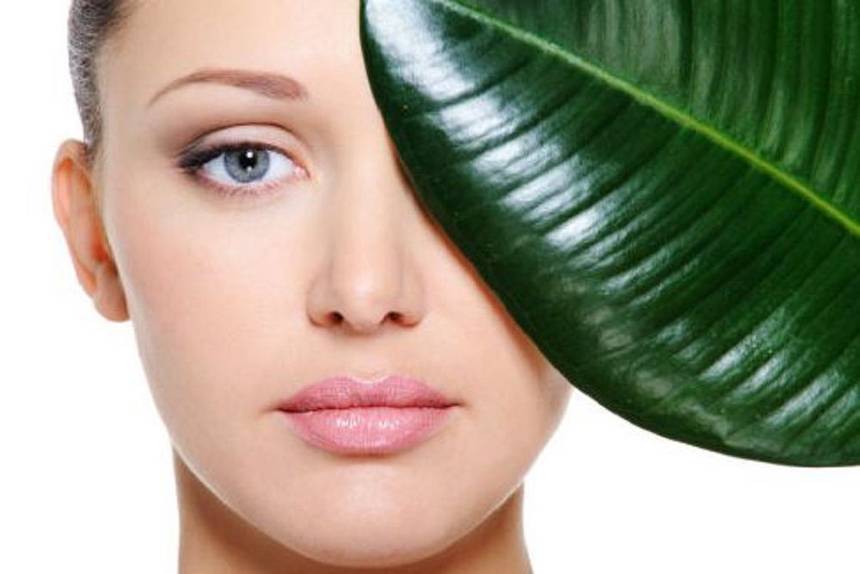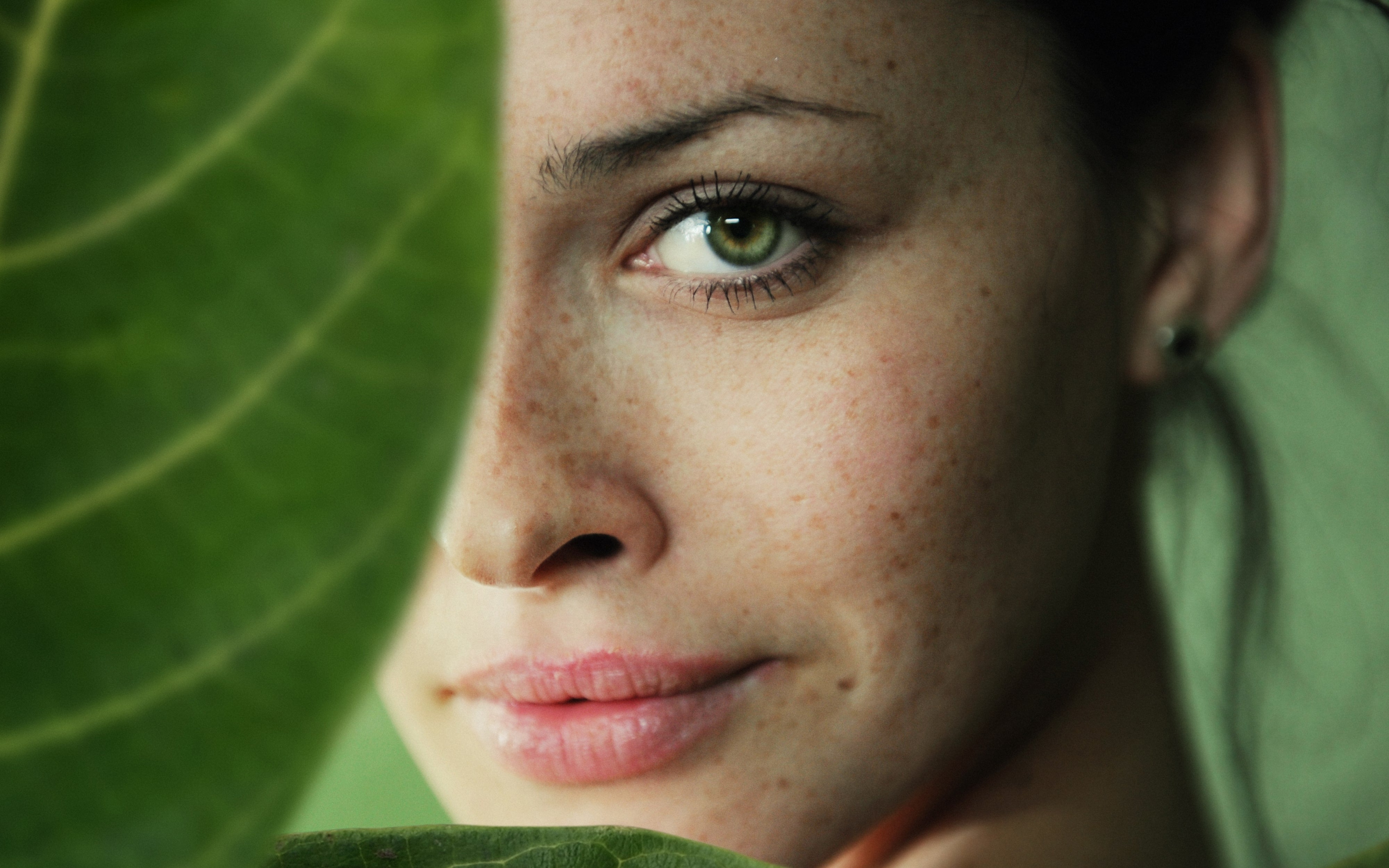
10 top natural and effective skin care ingredients

If you’ve made a pact with yourself to ‘go natural’ for skincare, buy a pair of magnifying reading glasses - you’ll need them for checking out the tiny print of ingredients lists.
All too often products claim to be ‘natural and organic’, when they’re actually using a bunch of very unnatural ingredients, with a few drops of natural stuff thrown in for the sake of marketing. But there are some real treasures out there too; natural skincare companies that walk the walk, as well as talking the talk.
To make life and shopping a bit easier, we’ve researched 10 common skincare ingredients that are effective and 100% natural. If this appear high in the ingredients list, you’ll know it’s not just a token gesture. Ingredients are listed in the order of concentration.
Avocado oil
More than just a place to put your poached egg, avocados are nourishing and healthy for your skin. They are full of beta carotene, lipids, polyhydroxylated fatty alcohols and vitamins A, B1, B2, B12, D and E.
Because avocado oil is so full of lipids and vitamins, it’s great at repairing skin.[1] Those suffering from dermatitis, psoriasis or another itchy skin condition will benefit from using this lush ingredient in a body moisturiser.
Bentonite clay
This is a natural ingredient that’s definitely becoming more widely known. It’s an aluminium-based clay that’s highly absorbent, which makes it great for soaking up excess skin oils. Bentonite clay contains mostly montmorillonite, soft minerals that form crystals.
Clays have been used historically for many things- internal treatments for health, as well as external skin applications. There are studies that show it may be helpful for dermatitis sufferers and others who suffer from irritated skin.[2] It helps to calm and moisturise, plus it’s helpful for healing ulcers and lesions.
Glycerine
This sounds like a man-made product, but it’s totally natural. It’s odourless, colourless, non-toxic and occurs naturally in your skin. Glycerine is often derived from plants and animals, but it can also be manufactured. Avoid the manufactured ones, which are called PEG silicon and propylene glycol - they provide an artificial feeling smoothness and suppleness, but don’t actually help your skin. They can also irritate the skin, causing rashes and allergic reactions.
Glycerine is a humectant.[3] That means it attracts and holds moisture in the upper layers of the skin. This keeps skin supple and hydrated. However, the way it attracts moisture is by drawing it from the lower layers of the skin. So if you don’t replenish that moisture, it will dry out over time. Usually, glycerine is used in conjunction with oils or emollients to reduce moisture loss. At Okana we use a high concentration of natural glycerine in our daytime and nighttime moisturisers.
Olive oil
Good on pizza, salad and skin! Olive oil has been around since around 6000 BC. As well as being an essential ingredient for the Mediterranean diet, it’s been used in skincare since the times of the ancient Greeks and Egyptians. At Okana, we use it in our vegetable garden day moisturiser.
Olive oil has phenolic compounds called polyphenols, squalene (a fat that’s produced naturally in our bodies) and essential fatty acids. This makes it a gentle but effective moisturiser. The bio-active elements of olive oil also help to repair the skin connective tissue by helping to produce fibroblasts.[4] This means it’s excellent for older skin, and to help treat burns, scars and minor acne.
Shea butter
Shea butter comes from a nut produced by the African shea tree. Egyptians used this oil for centuries as a cosmetic. It’s great for the skin, because it’s rich in fatty acids and antioxidants.
Manuka and tea tree oil
This Kiwi native and its Aussie cousin are fantastic for a range of skin complaints. Used by the indigenous Maori and Aboriginals respectively, manuka and tea tree oil provide a range of benefits to the skin. Manuka contains β-triketones, monoterpenes, and sesquiterpenes, while tea tree contains terpinen-4-ol, terpinene, and α-pinene.
Both manuka and tea tree oil are anti-bacterial, anti-fungal and antimicrobial. This makes them a broad-spectrum skin treatment for complaints such as fungal infections, cuts, burns, acne and insect bites. In particular, manuka oil is said to kill the bacteria associated with acne.[5] These oils can be quite strong, so use a carrier oil and apply sparingly.
Lavender oil
Derived from a plant that’s hardy, grows all over the world,and has about 47 species, lavender oil is commonly found in many therapeutic and cosmetic products. The different varietals have different benefits, but in general they all have phytochemicals, including linalool and linalyl acetate.
As well as a beautiful scent, lavender has some helpful properties for skin. It helps with synthesis of collagen, which can help to slow aging and wrinkles. There’s also some evidence that it may help with skin injuries, soothe sunburn, relieve the itch from insect bites, and calm psoriasis and eczema.
Macadamia oil
Ethyl macadamiate, as macadamia oil is known, is a clear, non-greasy colourless liquid that’s rich in valuable fatty acids and antioxidants.
It’s a fantastic night-time moisturiser because its antioxidant properties help to neutralise free radicals.[6] While more research is being done on this, it’s suggested that phenolic compounds from macadamia nuts are effective in protecting your skin against damage from pollution and the sun.
Pomegranate extract
Originating in the Middle East, pomegranate qualifies as a ‘super-fruit’. Every part of it - including the peel, oil, seeds, juice, fresh, roots and tree bark - contains nutrients and helpful compounds, including powerful antioxidants.
These natural compounds make pomegranate super-helpful is a wide variety of ways. Pomegranate can reduce inflammation, help to repair DNA, assist in regenerating the skin, stimulate growth of fibroblasts to reduce wrinkles, and strengthen the skin barrier.[7]
Primrose oil
The primrose plant has lots of names, including evening star, sun drop, German rampion, evening primrose and fever plant. It has long been used for health and healing by indigenous people from Cherokee, Iroquois, Potawatomi and Ojibwe tribes.
Primrose oil is high in gamma linolenic acid and fatty acids. This means it helps to smooth and hydrate rough and dry skin. It may help with eczema and dermatitis too, [8] plus it helps other ingredients to be absorbed into the skin.
References
[1] https://pubmed.ncbi.nlm.nih.gov/23638933/
[2] https://www.ncbi.nlm.nih.gov/pmc/articles/PMC5632318/
[3] https://pubmed.ncbi.nlm.nih.gov/22913439/
[4] https://pubmed.ncbi.nlm.nih.gov/28707186/
[5] https://www.manukanatural.com/blog/manuka-oil-acne-research-by-the-university-of-otago-new-zealand/
[6] https://www.ncbi.nlm.nih.gov/pmc/articles/PMC4712940/




Leave a comment
This site is protected by hCaptcha and the hCaptcha Privacy Policy and Terms of Service apply.